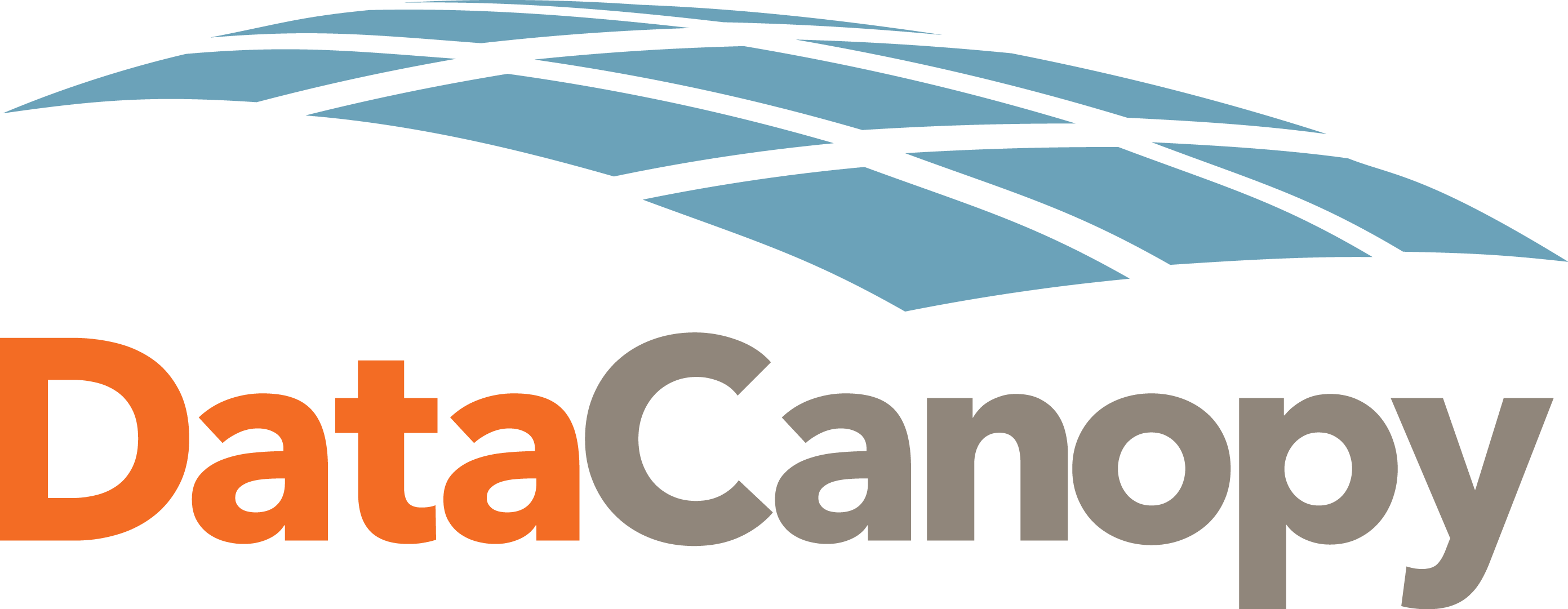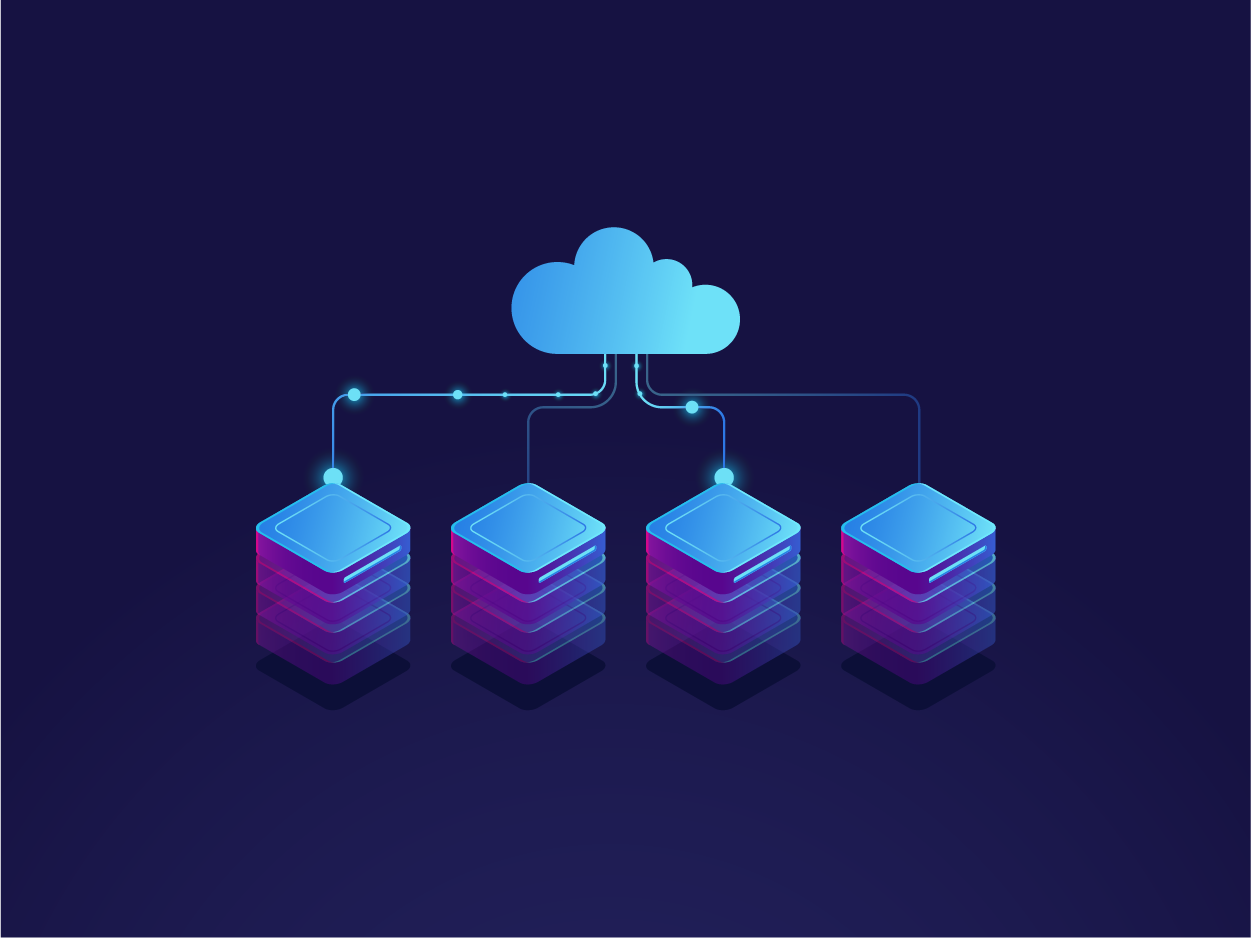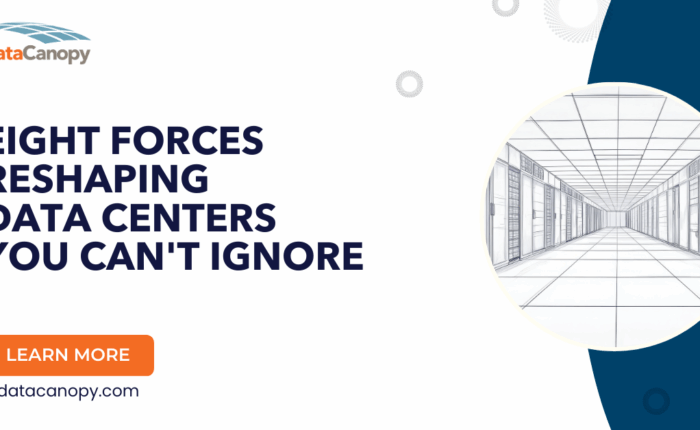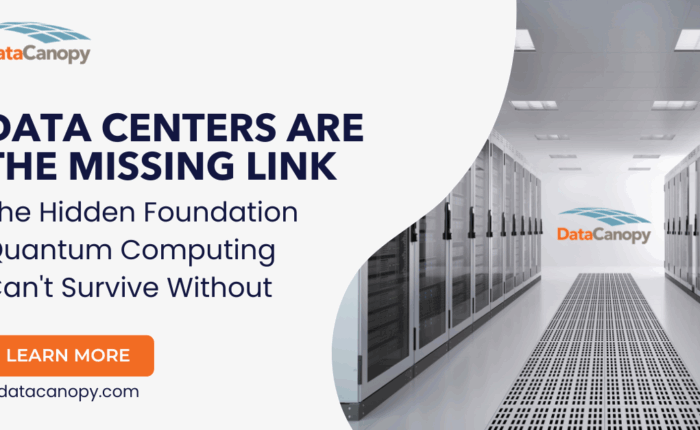Why is it important to understand different types of cloud computing?
- Optimized Resource Management: Different types of cloud models cater to distinct business needs.
- Cost Efficiency: Selecting the appropriate model can lead to significant cost savings.
- Scalability and Flexibility: Understanding your options allows you to scale resources according to demand.
This blog post aims to provide a comprehensive cloud computing overview. We’ll explore:
- Cloud Service Models
- Infrastructure as a Service (IaaS)
- Platform as a Service (PaaS)
- Software as a Service (SaaS)
- Serverless Computing
- Cloud Deployment Models
- Public Cloud
- Private Cloud
- Hybrid Cloud
- Multicloud Solutions
- Choosing the Right Cloud Solution
- Public vs. Private Clouds
- Hybrid vs. Multicloud Strategies
- The Future of Cloud Computing
By the end, you’ll have a solid grasp of the different types of cloud environments and how they can benefit your organization.
Understanding Cloud Service Models
1. Infrastructure as a Service (IaaS)
Infrastructure as a Service (IaaS) provides virtualized computing resources over the internet. It forms the foundation of cloud services by offering infrastructure components such as virtual machines, storage, and networking capabilities.
In IaaS, the cloud provider manages the physical infrastructure, including servers, storage, and networking hardware. You are responsible for managing the operating systems, applications, and data. This model allows you to rent IT infrastructure on a pay-as-you-go basis.
Key Characteristics of IaaS:
- Scalability: Quickly scale resources up or down based on demand.
- Cost-effectiveness: Pay only for what you use without the need for significant capital expenditure.
- Flexibility: Choose and configure your environment to meet specific needs.
Use Cases for Businesses:
IaaS is particularly suited for:
- Startups needing to avoid large upfront investments in hardware.
- Enterprises seeking disaster recovery solutions and data backup.
- Development and Testing Environments that require quick provisioning and de-provisioning of resources.
- Big Data Analysis, where processing large datasets demands substantial computational power.
Pros of IaaS:
- Resource Elasticity: Dynamically adjust resources based on workload requirements.
- Reduced Capital Expenditure: Transition from CapEx to OpEx by renting infrastructure.
- Enhanced Focus: Allocate more time to core business activities rather than managing hardware.
Cons of IaaS:
- Complex Management: Requires expertise in configuring and maintaining virtualized environments.
- Potential Downtime: Dependent on the provider’s uptime guarantees.
- Security Concerns: Shared infrastructure may pose security risks if not properly managed.
Leading IaaS Providers:
Two prominent IaaS providers are Amazon Web Services (AWS) and Google Cloud Platform (GCP).
Amazon Web Services (AWS) offers a comprehensive suite of IaaS products like EC2 (Elastic Compute Cloud), S3 (Simple Storage Service), and VPC (Virtual Private Cloud). AWS is known for its extensive global infrastructure, ensuring high availability and low latency.
Google Cloud Platform (GCP) provides robust IaaS offerings such as Compute Engine for virtual machines, Cloud Storage for scalable object storage, and Virtual Private Cloud for networking. GCP stands out with its strong integration with other Google services and advanced machine learning capabilities.
IaaS empowers you with the flexibility to build tailored IT solutions while leveraging the robustness of leading cloud providers.
2. Platform as a Service (PaaS)
Platform as a Service (PaaS) provides a comprehensive framework for developers to build, deploy, and manage applications without the complexity of managing underlying infrastructure. Unlike IaaS, where users handle the operating system and runtime environment, PaaS abstracts these layers, focusing on application development.
Key Advantages for Developers and Organizations
- Rapid Development: PaaS platforms include pre-configured environments with tools and libraries that accelerate development cycles.
- Cost Efficiency: By eliminating the need for hardware procurement and maintenance, organizations can significantly reduce costs.
- Scalability: PaaS solutions offer automatic scaling mechanisms to handle varying loads efficiently.
- Integrated Services: Built-in services such as databases, messaging queues, and identity management streamline the development process.
Major PaaS Providers
- Microsoft Azure: Offers Azure App Service, enabling developers to build web and mobile apps quickly. Integrated with other Azure services for seamless cloud operations.
- Red Hat OpenShift: A leading Kubernetes-based container platform that supports cloud-native applications. It provides developers with robust tools for application lifecycle management.
By using PaaS solutions like Microsoft Azure and Red Hat OpenShift, organizations can improve their development capabilities while staying flexible and reducing operational overhead.
3. Software as a Service (SaaS)
Software as a Service (SaaS) is a game-changing approach to cloud computing. It involves third-party providers delivering software applications over the internet. Users can access these applications through web browsers without the hassle of managing or installing any underlying infrastructure.
Key features and benefits of SaaS:
- Accessibility: SaaS applications are accessible from any device with internet connectivity.
- Cost-Effectiveness: Eliminates the need for physical hardware and software maintenance.
- Scalability: Easily scalable to accommodate growing business needs.
- Automatic Updates: Providers handle updates and maintenance, ensuring the latest features and security patches.
This model has had a significant impact on the software delivery industry. It has made it possible to quickly deploy applications, resulting in shorter time-to-market and reduced costs compared to traditional software delivery methods. Subscription-based pricing is common with SaaS, offering businesses flexibility and predictability in their budgeting.
Notable Examples in Various Domains:
- Business Applications: Salesforce (CRM), HubSpot (marketing automation)
- Communication Tools: Slack (team collaboration), Zoom (video conferencing)
- Productivity Suites: Google Workspace, Microsoft 365
By using SaaS solutions, businesses can concentrate on their core activities while still taking advantage of specialized vendors’ advanced features.
4. Serverless Computing
Serverless computing is a new way of building and deploying applications in the cloud. It’s different from traditional cloud models like IaaS, PaaS, and SaaS because it takes away the need to manage servers completely. With serverless computing, developers can focus solely on writing code.
Key Benefits of Serverless Computing:
- Scalability: Automatically scales with demand, adjusting resources in real-time without manual intervention.
- Cost Efficiency: Operates on a pay-as-you-go model, billing only for actual usage rather than pre-allocated resources.
- Reduced Operational Overhead: Eliminates the need for infrastructure management, freeing up development teams to concentrate on innovation.
Notable Examples:
- Amazon Web Services (AWS) Lambda: Offers a robust serverless platform that supports multiple programming languages.
- Google Cloud Functions: Provides a scalable environment for executing code in response to events.
This new approach enhances agility and reduces time-to-market for modern applications, making it an attractive option for businesses seeking efficiency and rapid deployment.
Exploring Cloud Deployment Models
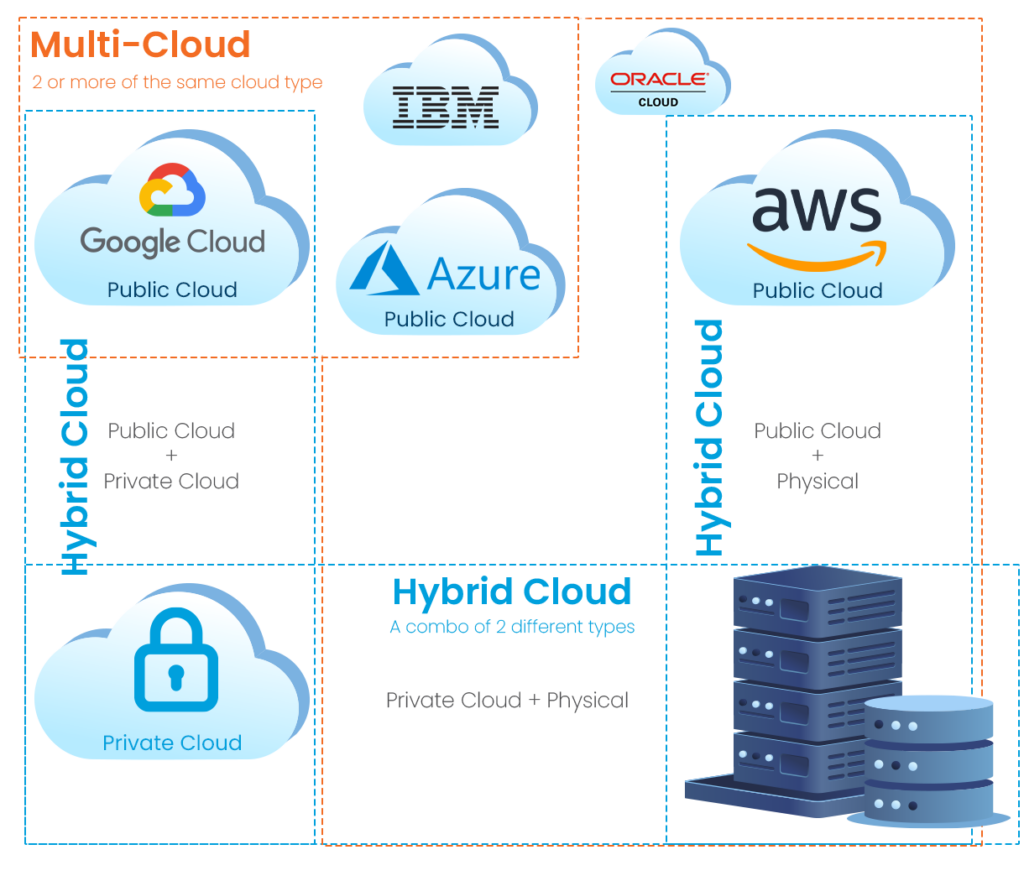
1. Public Cloud
A public cloud is a cloud computing model where services such as storage, applications, and virtual machines are delivered over the internet by third-party providers. These services are hosted on shared infrastructure, making them accessible to multiple users or organizations, often referred to as tenants.
Advantages of Public Clouds
Public clouds offer several key advantages that make them highly attractive for businesses:
- Cost Savings: By leveraging shared infrastructure, public clouds can significantly reduce capital expenditures (CapEx) associated with purchasing and maintaining hardware. Instead, businesses shift to an operational expenditure (OpEx) model, paying only for the resources they consume.
- Scalability: Public clouds provide virtually unlimited scalability. Organizations can quickly scale up or down based on demand without worrying about underlying hardware constraints. This elasticity is particularly beneficial during peak workloads or in response to sudden surges in traffic.
- Maintenance and Management: Public cloud providers handle all aspects of infrastructure maintenance, including updates, security patches, and performance optimization. This allows businesses to focus on their core activities rather than IT management.
- Global Reach: Leading public cloud providers have data centers across the globe. This ensures low-latency access to services and enables businesses to deploy applications closer to their end-users.
Key Public Cloud Providers
Several key players dominate the public cloud market, each offering a wide range of services and solutions:
Google Cloud: Known for its robust data analytics and machine learning capabilities, Google Cloud provides a comprehensive suite of cloud services. Its offerings include computing power through Google Compute Engine, managed Kubernetes with Google Kubernetes Engine (GKE), and scalable storage solutions like Google Cloud Storage.
“Google Cloud’s strengths in artificial intelligence (AI) and data processing make it an excellent choice for businesses focused on innovation and advanced analytics.”
IBM Cloud: IBM Cloud stands out with its emphasis on hybrid cloud solutions and enterprise-grade capabilities. It offers a broad spectrum of services such as IBM Watson for AI-driven insights, IBM Cloud Kubernetes Service for container orchestration, and advanced security features tailored for regulated industries.
“IBM Cloud’s hybrid approach allows seamless integration with existing on-premises infrastructure, making it ideal for enterprises aiming for a balanced cloud strategy.”
Public clouds are not just limited to these giants; other notable providers like Amazon Web Services (AWS), Microsoft Azure, and Oracle Cloud also contribute significantly to the ecosystem. Each provider brings unique strengths and specialized services that cater to various business needs.
By understanding the definition, advantages, and key providers of public clouds, you can make more informed decisions about leveraging this deployment model for your organization’s specific requirements.
2. Private Cloud
A private cloud is a cloud computing environment that is exclusively used by one organization. Unlike public clouds, which are shared among multiple users, private clouds provide dedicated resources that ensure higher levels of control and security.
Suitability for Businesses
Private clouds are ideal for organizations with strict regulatory requirements, such as healthcare or financial institutions. They offer the flexibility of cloud services while still complying with industry-specific standards.
Security Considerations
Private clouds operate behind the organization’s firewall and have enhanced security measures designed to meet specific needs. This includes customized access controls, encryption protocols, and dedicated network infrastructure.
Managed vs. Dedicated Private Clouds
- Managed Private Clouds: These clouds are managed by third-party vendors, relieving businesses of the operational complexities involved in maintaining infrastructure.
- Dedicated Private Clouds: In this setup, the organization has complete control over the infrastructure but can still take advantage of the cloud’s scalability and flexibility.
Organizations can choose between managed and dedicated options based on their technical capabilities and strategic objectives.
3. Hybrid Cloud
Hybrid clouds seamlessly integrate both public and private cloud environments to form a unified, flexible infrastructure. This amalgamation allows organizations to leverage the best of both worlds, optimizing their operations and enhancing agility.
Key Characteristics:
- Combination of Public and Private Environments: Hybrid clouds utilize resources from both public clouds (like Google Cloud or IBM Cloud) and private clouds, enabling dynamic workload allocation based on specific requirements.
- Flexibility: Organizations can deploy sensitive workloads on private clouds while utilizing public clouds for less critical operations. This approach ensures optimal resource utilization and performance.
- Cost Management: By balancing between cost-effective public cloud services and secure private cloud solutions, businesses can manage expenditure more efficiently. This model helps in minimizing capital expenses while maximizing operational savings.
Use Cases:
- Scalable Web Applications: Enterprises can host their core applications on private clouds for enhanced security and compliance, while scaling non-sensitive components via public clouds during high-traffic periods.
- Disaster Recovery: Hybrid clouds provide robust disaster recovery solutions by replicating critical data across both environments, ensuring business continuity even in adverse scenarios.
- Data Analytics: Businesses can perform intensive data analytics on public cloud platforms to capitalize on their expansive computing power while storing sensitive data within private infrastructures.
Hybrid clouds offer a versatile solution that accommodates various operational needs, making them an attractive choice for organizations seeking a balanced approach to cloud computing.
4. Multicloud Solutions
Multicloud solutions involve using multiple cloud services from different providers, giving businesses more flexibility and resilience.
Key Characteristics:
- Vendor Diversity: Using various providers like Google Cloud, IBM Cloud, and others, allows organizations to choose the best tools for specific tasks.
- Risk Mitigation: Spreading workloads across multiple clouds can greatly reduce the risks of being locked into one vendor or experiencing service outages.
- Performance Optimization: By picking the most suitable cloud services for each application or process, businesses can improve performance and cost-effectiveness.
Use Cases:
- Disaster Recovery: Making sure data is backed up in multiple cloud platforms for redundancy and quick recovery.
- Regulatory Compliance: Meeting different regulatory requirements by using compliant services from different vendors.
- Scalability and Flexibility: Adjusting resources as needed without being limited by one provider’s capabilities.
Multicloud strategies allow organizations to take advantage of public clouds, private clouds, and hybrid clouds, creating a strong IT environment that fits their specific needs.
Choosing the Right Cloud Solution
When deciding on the best cloud solution for your business, it’s important to understand the differences between public and private clouds. Here are some key factors to consider:
Cost Implications
- Public Cloud: This option usually involves a pay-as-you-go model, which can be cost-effective for businesses that need to quickly adjust their resources. It’s particularly accessible for startups and small to medium-sized enterprises (SMEs) because there’s no need for upfront capital investment.
- Private Cloud: On the other hand, a private cloud typically requires higher initial costs due to infrastructure investments. There are also ongoing expenses for maintenance and operations. However, larger enterprises with predictable workloads may find these costs worthwhile because of the greater control and customization they offer.
Security Considerations
- Public Cloud: Public clouds operate on a multi-tenancy model, meaning that multiple customers share the same infrastructure. While major providers like AWS and Google Cloud have robust security measures in place, this shared environment could pose risks for highly sensitive data.
- Private Cloud: In contrast, a private cloud provides enhanced security as it operates behind an organization’s firewall. This setup gives you more control over data governance and compliance, which is especially important for industries like finance and healthcare with strict regulatory requirements.
Use Cases
- Public Cloud: If you have applications that require quick scalability, such as e-commerce platforms during peak seasons or development environments needing temporary resources, then a public cloud could be ideal. Public clouds also offer advanced services like artificial intelligence/machine learning (AI/ML) without requiring a significant upfront investment.
- Private Cloud: On the other hand, if you have specific needs such as strict data sovereignty requirements or legacy applications that depend on dedicated resources, then a private cloud might be the better choice. Industries dealing with sensitive information, such as legal firms or government agencies, often prefer private clouds for their strong security features.
By considering these evaluation criteria—cost, security, and specific use cases—you can make an informed decision between public and private cloud solutions tailored to your organizational needs. Private or Public Cloud; Which One is a Better Fit for Your Business?
2. Hybrid vs. Multicloud Strategies
Hybrid Cloud:
- Flexibility: Combines public and private cloud environments, enabling seamless workload transitions based on specific needs.
- Complexity: Integrating multiple environments can introduce management challenges and require robust orchestration tools.
- Security Considerations: Enables organizations to keep sensitive data within private clouds while leveraging public cloud resources for less critical workloads.
- Cost Implications: Offers a balanced approach by utilizing the cost-efficiency of public clouds and the control of private clouds.
Multicloud Solutions:
- Flexibility: Utilizes services from multiple vendors, providing the freedom to choose the best tools for each task.
- Complexity: Managing multiple cloud providers can lead to increased complexity, requiring advanced governance and monitoring solutions.
- Security Considerations: Enhances risk management by distributing workloads across various platforms, reducing dependency on a single vendor.
- Cost Implications: Can optimize costs by selecting the most cost-effective services from different providers but may also incur additional overheads in coordination and integration.
Key Considerations for Selecting a Suitable Cloud Type or Model:
- Workload Requirements: Assess the specific needs of your applications in terms of performance, scalability, and compliance.
- Budget Constraints: Evaluate the cost-effectiveness of each model, considering both initial setup and ongoing operational expenses.
- Security Needs: Determine the level of data protection required and how each model addresses these needs.
- Operational Complexity: Understand the management overhead associated with integrating multiple environments or providers.
Selecting between hybrid and multicloud strategies hinges on your organization’s unique requirements and goals. If you’re not sure which is best for you, give us a call and let our cloud experts architect a custom solutions for you!
The Future of Cloud Computing
Emerging Technologies Shaping the Cloud Landscape
Cloud computing continues to evolve, driven by cutting-edge technologies and innovative practices. Key trends include:
- Artificial Intelligence (AI) and Machine Learning (ML): Cloud platforms increasingly integrate AI/ML capabilities, offering businesses powerful tools for data analysis, automation, and predictive insights. For example, AWS SageMaker and Google Cloud’s AI Platform enable scalable machine learning model development.
- Edge Computing: As latency and bandwidth become critical factors, edge computing brings computational power closer to data sources. This decentralizes processing tasks, improving response times and reducing load on centralized cloud infrastructures. Companies like Microsoft Azure offer edge solutions through Azure IoT Edge.
Importance of Staying Updated with Industry Trends
The rapid pace of innovation in cloud computing necessitates continuous learning and adaptation. Staying informed about the latest trends ensures businesses can leverage new technologies effectively and maintain a competitive edge.
- Adapting to Innovations: Implementing AI/ML and edge computing requires understanding their potential impacts on existing workflows and infrastructure.
- Strategic Planning: Keeping abreast of technological advancements helps in strategic decision-making, ensuring that cloud investments align with long-term goals.
Adopting these emerging technologies will shape the future of cloud computing, providing organizations with unprecedented capabilities to drive growth and efficiency.
Conclusion
Understanding the different types of cloud computing is important for businesses looking to make the most of cloud technology. By understanding these options and evaluating factors such as cost, security, and specific use cases, businesses can choose the right solution that meets their unique requirements effectively.
Ready to harness the power of cloud computing for your business? Don’t navigate this complex landscape alone. Our team of cloud experts at Data Canopy is here to help you architect a custom solution tailored to your unique needs. Whether you’re considering a public, private, hybrid or multi-cloud approach, we’ll work with you to find the perfect fit. Contact us today to start your journey to a more efficient, scalable, and secure IT infrastructure. Let’s unlock the full potential of the cloud together.
